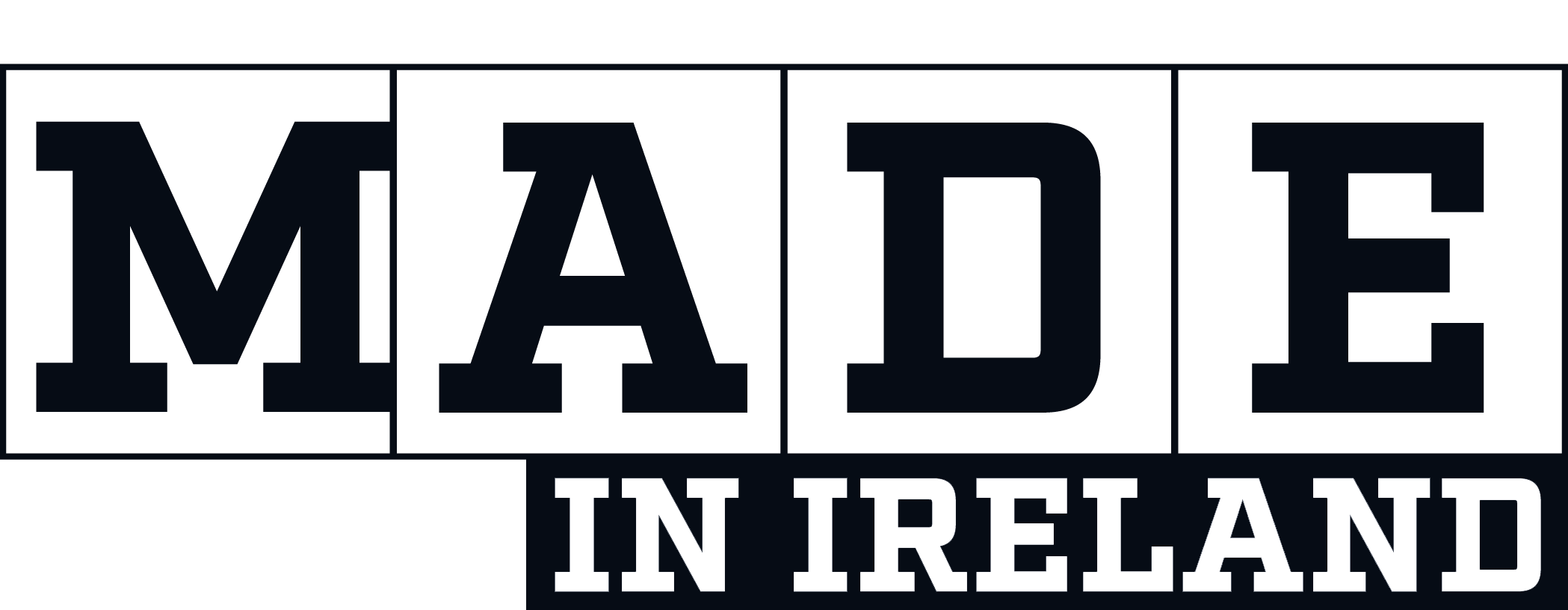According to TrendForce, QD-OLED’s share of OLED monitor shipments is expected to rise from 68% in 2024 to 73% in 2025, highlighting its strong competitiveness in the high-end monitor market.
Driven by growing market demand, more brands and product lines are expected to adopt QD-OLED in order to provide much improved image quality and refresh rates for gamers and professional users.
The introduction of new 27-inch UHD products and high-refresh-rate QHD 500 Hz monitors is drawing attention from gaming and professional uses, who are fast becoming key drivers of QD-OLED monitor adoption. The penetration rate of QD-OLED in 27-inch models is projected to grow from 32% in 2024 to 47% in 2025, driven by an expanding product lineup and ongoing technical improvements.
TrendForce noted that the main advantage of QD-OLED lies in its use of blue OLED light to excite quantum dots, which then emit pure red and green light. This design boosts brightness, colour saturation, and gamut coverage, resulting in brighter, more vibrant, and finely detailed visuals.
However, QD-OLED’s reliance on blue light can impact panel longevity, and residual ambient light in dark scenes may still trigger unwanted quantum dot emissions in dark scenes, potentially compromising visual clarity. Recent developments include the addition of a green emission layer, boosting luminous efficiency by 30% to improve both energy consumption and image quality.
PICO inkjets have allowed for more precise deposition of quantum dot ink, achieving pixel densities of 140 PPI and enabling 4K resolution on 32-inch panels - further improving QD-OLED’s competitiveness in the premium monitor space.
TrendForce’s latest report on “OLED Panel Costs” noted that emissive materials and QD film account for the largest share of QD-OLED production costs - the inkjet process currently results in 20% ink waste per nozzle. However, newly developed recycling techniques can recover up to 80% of residual ink, helping reduce costs and improve material efficiency.
TrendForce noted that the TV market for OLED is being constrained by the growing popularity of ultra-large LCDs and the cost competitiveness of Mini LED backlighting. However, OLED adoption in the IT sector remains in its early stages, with strong customer interest.
As QD-OLED and WOLED technologies continue to compete on brightness and other specs, they are expected to drive OLED adoption in emerging applications beyond IT, such as industrial control systems, public information displays, and the increasingly popular transparent displays.













